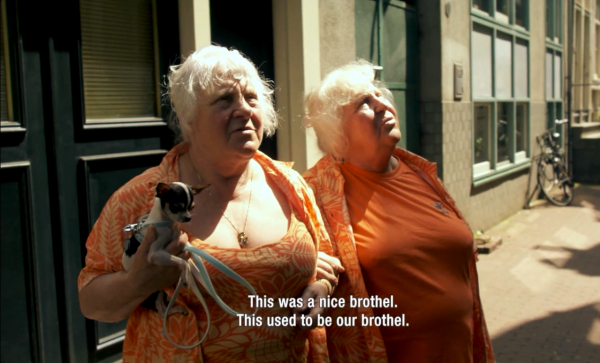The Early Erotic Review or Harris’s List of Covent Garden Ladies (1757)
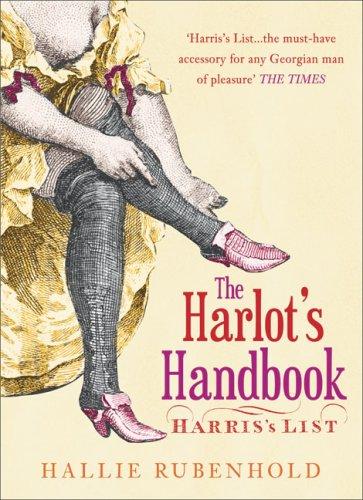 Harris’s List is an 18th century catalog of London prostitutes complete with (real) names, addresses, and descriptions of each, and it proves to me just how much men throughout the ages have loved reviewing prostitutes. They love it today, they loved it 250 years ago, and my guess is that even most Egyptian hieroglyphics and ancient animal cave paintings will one day be recognized as elaborate codes indicating which slave or wild woman gave the best BJ in exchange for some fruit. Not that it’s all about crude physical congress; Harris’s List attests that johns have always valued good education, witty conversation, and pleasant demeanor in their paid companions while frowning upon arrogance and high prices. There’s also an astonishing amount of sexism on display with the regular endorsement that if she weren’t such a fallen slut, Suzy Hooker would have been a proper lady. (“Notwithstanding the unfortunate bent she has taken;” “if she had not quitted the path of virtue.”)
Harris’s List is an 18th century catalog of London prostitutes complete with (real) names, addresses, and descriptions of each, and it proves to me just how much men throughout the ages have loved reviewing prostitutes. They love it today, they loved it 250 years ago, and my guess is that even most Egyptian hieroglyphics and ancient animal cave paintings will one day be recognized as elaborate codes indicating which slave or wild woman gave the best BJ in exchange for some fruit. Not that it’s all about crude physical congress; Harris’s List attests that johns have always valued good education, witty conversation, and pleasant demeanor in their paid companions while frowning upon arrogance and high prices. There’s also an astonishing amount of sexism on display with the regular endorsement that if she weren’t such a fallen slut, Suzy Hooker would have been a proper lady. (“Notwithstanding the unfortunate bent she has taken;” “if she had not quitted the path of virtue.”)
Harris’s List was published annually for 38 years and written by various authors over that time, but the copy I read was one compiled from versions by original scribe Samuel Derrick—inspired by a pimp, though not a pimp himself—who, according to academic Hallie Rubenhold, died in love with a courtesan he couldn’t afford. That’s sweet cosmic justice since Derrick, or at least the narrator’s voice he assumes, is a bit of dick, though I’ve admitted before that I almost categorically hate reviews and those who write them, so I might be biased. You can judge yourself with the following choicest tidbits. Which lady would you visit?
Disclaimer: I am not a scholar of old-timey prostitute reviews, but I will do my best with these translations.
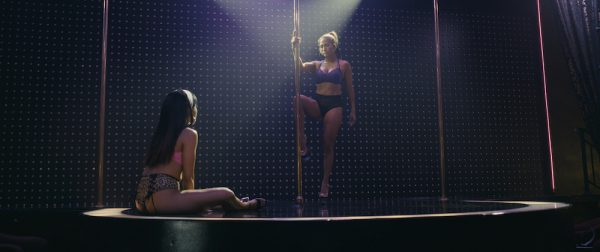
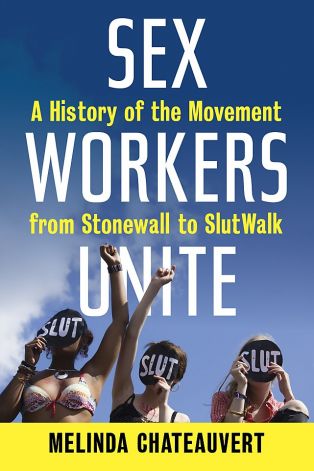 Any book that aspires to be the first history of the sex workers’ rights movement in the United States will inevitably face accusations of exclusion. But despite some unavoidable failures in representation, Mindy Chateauvert’s
Any book that aspires to be the first history of the sex workers’ rights movement in the United States will inevitably face accusations of exclusion. But despite some unavoidable failures in representation, Mindy Chateauvert’s 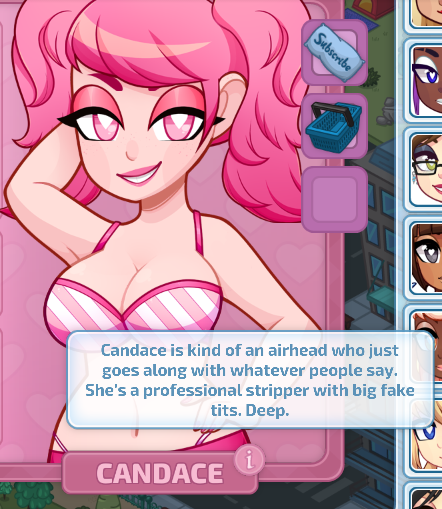 Every time I play a video game that includes sex workers as characters, all I can think about is how great it would be to be seen as a person. Usually, sex workers in games are just toys for the player’s entertainment or tools to deepen the protagonist’s story. Either way, they’re only there intermittently, just a sordid element to add to the grittiness of the setting. I can count on one hand the number of games that spend significant time with a sex worker character, let alone games that portray a sex worker positively, let alone games that are specifically about sex workers.
Every time I play a video game that includes sex workers as characters, all I can think about is how great it would be to be seen as a person. Usually, sex workers in games are just toys for the player’s entertainment or tools to deepen the protagonist’s story. Either way, they’re only there intermittently, just a sordid element to add to the grittiness of the setting. I can count on one hand the number of games that spend significant time with a sex worker character, let alone games that portray a sex worker positively, let alone games that are specifically about sex workers.